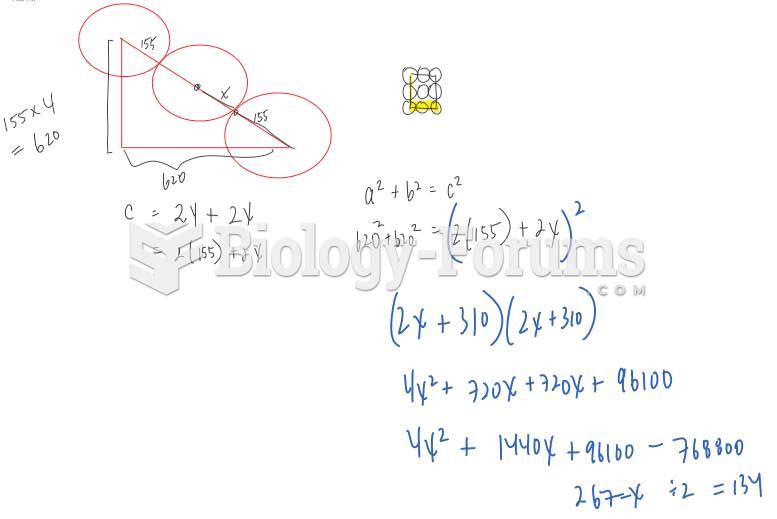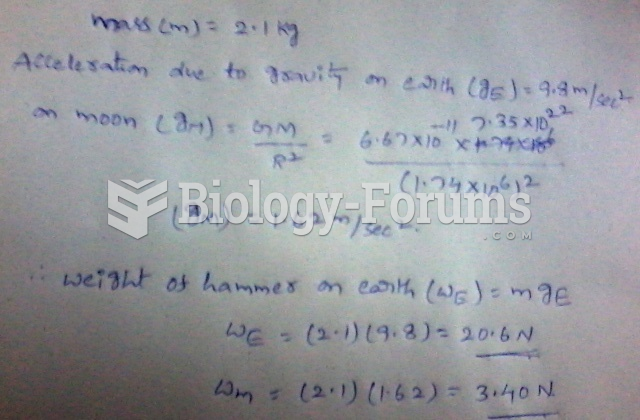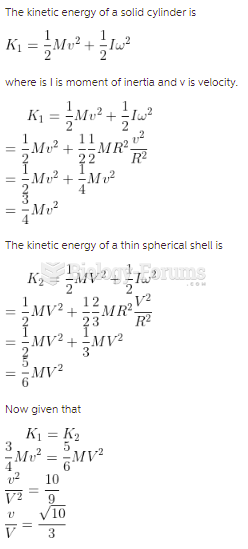|
|
|
Bisphosphonates were first developed in the nineteenth century. They were first investigated for use in disorders of bone metabolism in the 1960s. They are now used clinically for the treatment of osteoporosis, Paget's disease, bone metastasis, multiple myeloma, and other conditions that feature bone fragility.
People with high total cholesterol have about two times the risk for heart disease as people with ideal levels.
More than 2,500 barbiturates have been synthesized. At the height of their popularity, about 50 were marketed for human use.
Egg cells are about the size of a grain of sand. They are formed inside of a female's ovaries before she is even born.
The strongest synthetic topical retinoid drug available, tazarotene, is used to treat sun-damaged skin, acne, and psoriasis.






